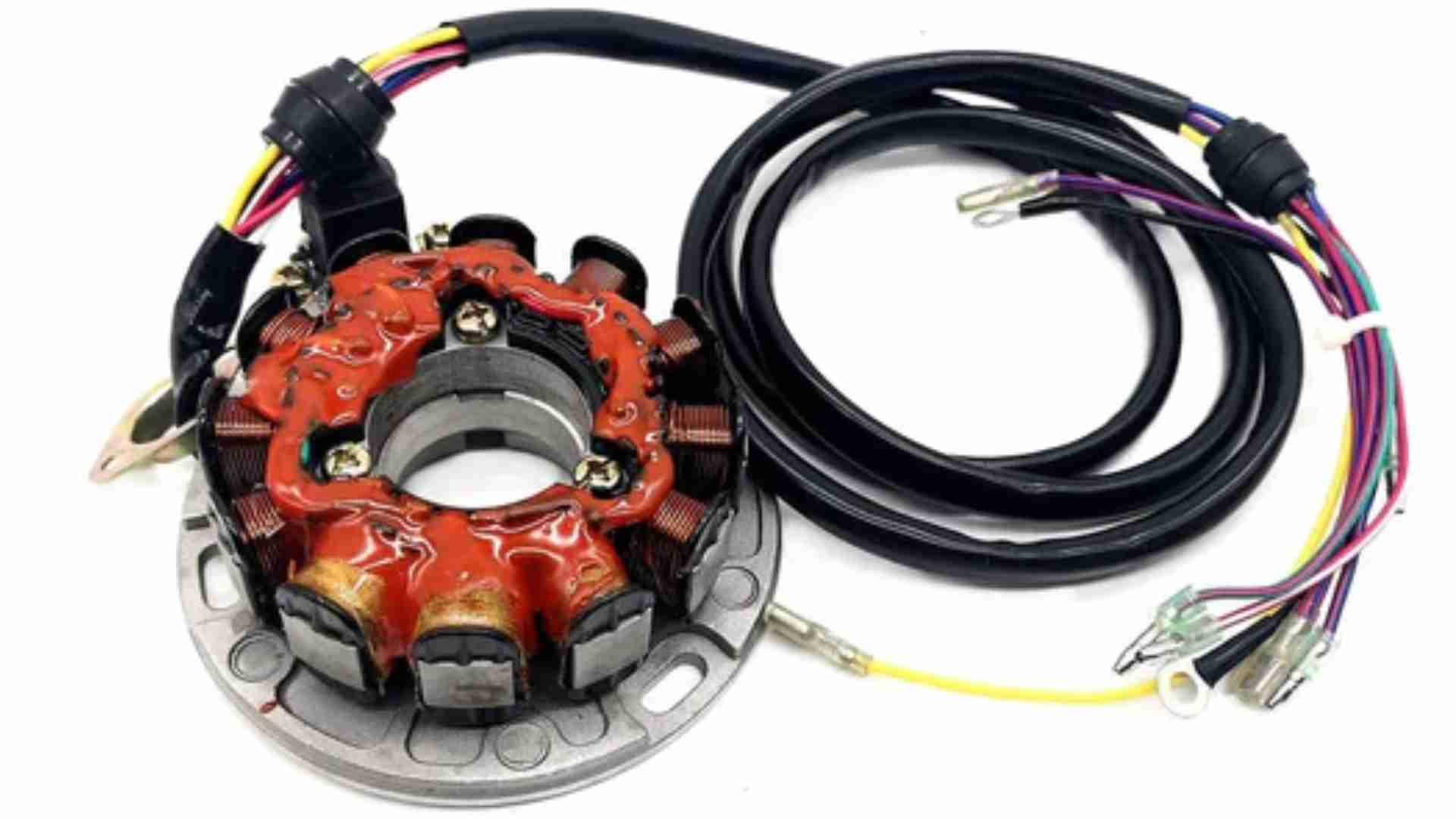A malfunctioning stator in your outboard engine can turn your idyllic boating day into a frustrating ordeal. This vital component generates the electricity needed for ignition, so a bad one can leave your engine sputtering, stalling, or refusing to start at all. But don’t panic! By understanding the signs and symptoms, you can diagnose the problem and get back on the water quickly.
What is a Stator and Why Does it Matter?
The stator is a stationary part of the outboard’s alternator. It consists of coils of wire that, when rotated by the engine flywheel, create an alternating current (AC) used to charge the battery and power the ignition system. A healthy stator ensures smooth engine operation and reliable starting.
Telltale Signs of a Bad Stator:
If your outboard engine starts acting up, here are some key symptoms that might point to a faulty stator:
- Engine Stalling and Hesitation: This is one of the most common signs. A weak or erratic electrical output from the stator can starve the engine of its spark, leading to stalling and hesitation, especially during acceleration or under load.
- Difficulty Starting: If your engine cranks but won’t fire, a bad stator could be the culprit. Without sufficient voltage, the spark plugs won’t receive the necessary power to ignite the fuel mixture.
- Weak Spark: Check the spark plugs. Weak or no spark is a clear indication of a problem with the ignition system, which could be caused by a faulty stator.
- Dim Instruments and Lights: If your boat’s instruments and lights appear dim or flickering, it could be due to the stator’s inability to generate sufficient electricity.
- Overheating: In some cases, a malfunctioning stator can cause excessive heat buildup in the engine compartment, potentially leading to overheating.
Severity Matters:
The severity of the symptoms can vary depending on the extent of the stator damage. A minor issue might only cause occasional stalling, while a complete failure could leave your engine dead in the water.
Testing and Diagnosis:
Diagnosing a bad stator requires some technical knowledge and tools. However, you can take some initial steps:
- Visual Inspection: Look for any visible signs of damage on the stator, such as burnt wires or loose connections.
- Multimeter Test: A multimeter can measure voltage and resistance at specific points on the stator to assess its functionality. Refer to your engine’s manual for specific testing instructions.
Taking Action:
If your tests and symptoms confirm a bad stator, it’s crucial to take immediate action:
- Seek professional help: Don’t attempt to repair the stator yourself unless you have the necessary expertise and tools. A qualified marine mechanic can diagnose the problem accurately and perform the repairs safely.
- Replace the stator: In most cases, a bad stator needs to be replaced. Choose a high-quality replacement part compatible with your specific engine model.
- Preventative Maintenance: Regular maintenance, including checking and cleaning the stator connections, can help prevent future issues.
Don’t Let Your Outboard Sputter:
By understanding the signs and symptoms of a bad stator, you can take control of the situation and keep your outboard engine running smoothly. Remember, early diagnosis and timely action can save you time, money, and the frustration of being stranded on the water. So, keep an ear out for those telltale engine sputters and keep your stator in tip-top shape for worry-free boating adventures!
Bonus Tip: Share your experiences and knowledge about outboard stator issues in online forums and boating communities. Your expertise can help others identify and address this problem before it spoils their fun on the water. Together, we can keep our boats running smoothly and our boating adventures safe and enjoyable.
Share 5 Signs and Symptoms of a Bad Stator on Outboard with your friends and leave a comment below with your thoughts.
Read Symptoms to Detect a Clogged Gas Tank Vent until we meet in the next article.
